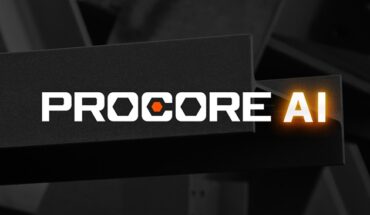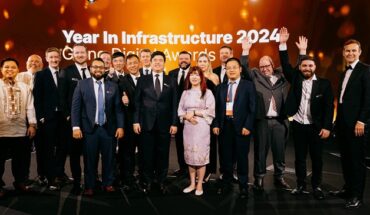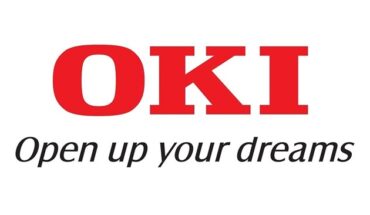Let’s recap the year with some of the most-read articles on Engineering.com.
As another year closes, Engineering.com reflects on all the news and stories our editors have published. 2024 had many bumps and surprises, along with innovations and uplifting insight. Here’s a look at some of the top engineering news and stories of 2024. Select the headlines to read the full articles.

When a team of engineers from the Consortium for Advanced Manufacturing Research and Education (CAMRE) loaded their 3D hybrid-metal printer onboard Somerset as part of the experimentation sector of Exercise Rim of the Pacific 2024, they had no idea that they would soon be asked to solve a real-world engineering casualty.
Hours after being loaded on board, a critical component of the reverse osmosis pump, which generates clean water for the crew – an absolute necessity for ships spending long periods at sea – shattered.
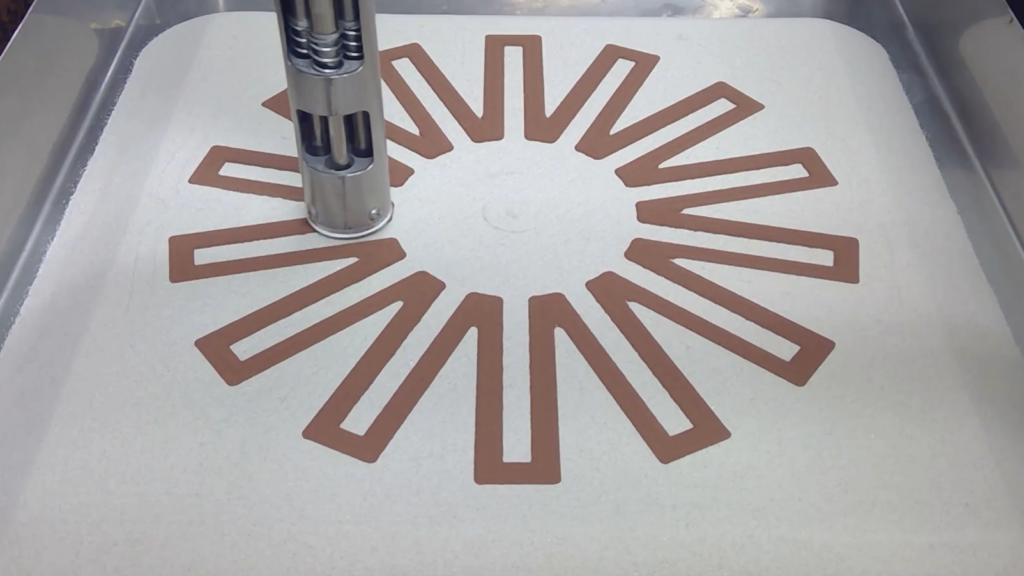
3D printing seems like a novel technology to many people, but it’s already been around for more than 30 years. In that time, the industry has aligned on classifying various additive manufacturing (AM) technologies, as evidenced in the seven process categories laid out in ISO/ASTM 52900:2021.
Although these generally well-understood processes have been used in various industries, they aren’t the only ways to 3D print parts. Two exhibitors at this year’s RAPID + TCT tradeshow showcased technologies that don’t fit neatly into the above categories but could presage the future of additive manufacturing.
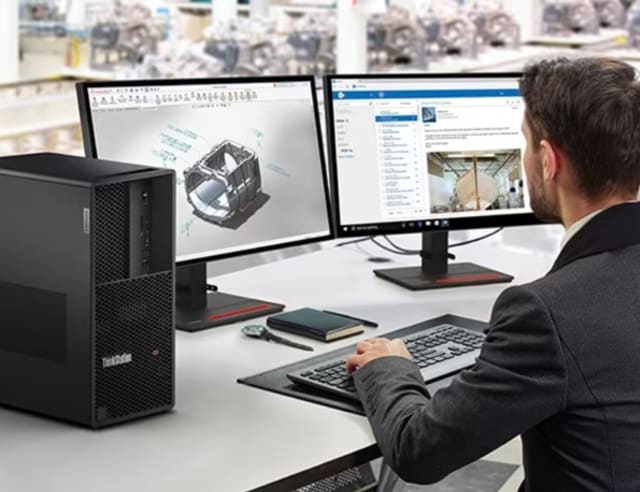
The greatest computational tool engineers have is their brain. The second greatest is their workstation.
You can’t choose the computer in your cranium, but you can choose the one on your desk. That choice will impact how effectively any engineer can do their job, so it’s worth taking the time to consider it properly.
Need some help? We asked industry insiders for their best advice on configuring engineering desktops. From understanding your workflow style to picking the perfect processors, here’s everything you need to know when buying your next engineering computer. (Though this advice is tailored to desktops, it’s also generally relevant to engineering laptops.)

NASA initiated the Boeing Starliner crewed spacecraft program to provide a second source for human lift to low Earth orbit, ensuring access to space in case of difficulties with the SpaceX Crew Dragon system. Program delays, cost overruns, hardware problems with the Starliner uncrewed test flight and the first passenger-carrying trip to the ISS have placed the program’s future in question.
Will the incoming Trump Administration cancel the Starliner program? Everything may depend on the next flight of Starliner. If successful, the economics suggest a continuation of the program. If not, and with the Sierra Space Dream Chaser vehicle nearing flight status, the Starliner program may be on the bubble.

Lonnie Johnson has reached a level of success that most engineers can only dream of. He helped choose nuclear targets for the U.S. Air Force, designed critical spacecraft systems at NASA’s Jet Propulsion Laboratory, and holds more than 100 patents. Generations of children have cooled off in the summer with Johnson’s most famous creation, the Super Soaker, a pump-powered water gun that he invented by accident.
Johnson took a long road to get where he is today, and every engineer can learn from his journey. His incredible career reveals what it takes to be a model engineer—and how the right mindset can make all the difference.
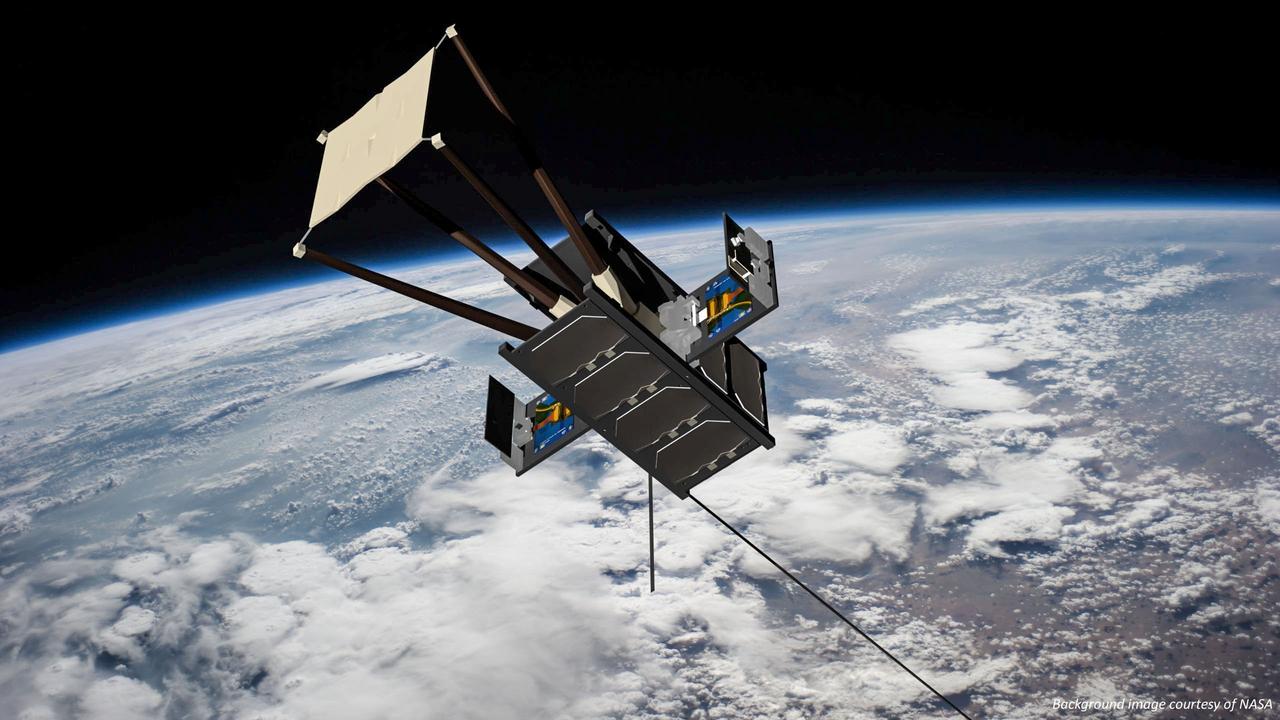
Generative design represents a transformative approach to engineering and manufacturing, particularly for aerospace manufacturers facing stringent performance, weight and efficiency requirements.
This method leverages advanced computational algorithms to explore and generate optimized designs based on specified parameters and constraints. In aerospace, generative design offers significant advantages by producing innovative, lightweight and highly efficient parts tailored to meet specific needs such as aerodynamics, structural integrity and fuel efficiency.

Creating a carbon-free energy infrastructure by 2050 is a widely sought-after goal for Western economies, and America is no exception. However, achieving both green energy production and grid distribution at scale is a problem almost impossible to resolve in only 25 years with current technology.
Argonne National Laboratory has published a report that presents a roadmap toward a clean energy future driven by artificial intelligence. According to the laboratory, the key will be harnessing large data sets from laboratories, the government and the private sector to enable AI systems to develop new materials, technologies and deployment strategies using established techniques such as the digital twin. If regulators accept artificial intelligence results at face value, timelines for certifying new technologies could be compressed by at least 20%.

The general sentiment about the usefulness of artificial intelligence (AI) has fluctuated over the last couple of years. After bursting into public consciousness in late 2022, the hype has subsided. As we enter the final stretch of 2024, the current thinking is that AI is in bubble territory, and companies should be wary of putting too much stock in its potential.
We caught up with Onshape’s CEO, Jon Hirschtick, to discuss the company’s entry into the AI playground, how AI can bring value to manufacturers and what the future holds for the still-nascent technology.
A message to our audience: Thank you for your readership! We hope you enjoyed and learned from our stories the past year, and we look forward to helping you grow your engineering career in 2025!


